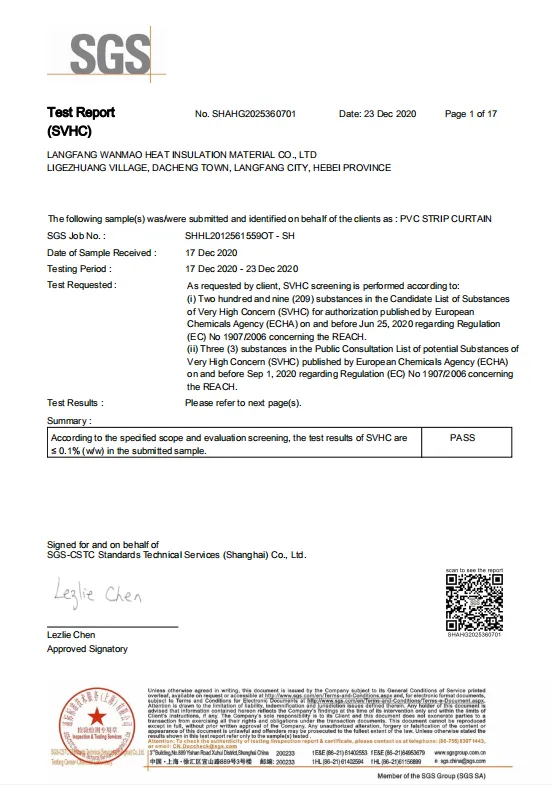- Afrikaans
- Albanian
- Amharic
- Arabic
- Armenian
- Azerbaijani
- Basque
- Belarusian
- Bengali
- Bosnian
- Bulgarian
- Catalan
- Cebuano
- Corsican
- Croatian
- Czech
- Danish
- Dutch
- English
- Esperanto
- Estonian
- Finnish
- French
- Frisian
- Galician
- Georgian
- German
- Greek
- Gujarati
- Haitian Creole
- hausa
- hawaiian
- Hebrew
- Hindi
- Miao
- Hungarian
- Icelandic
- igbo
- Indonesian
- irish
- Italian
- Japanese
- Javanese
- Kannada
- kazakh
- Khmer
- Rwandese
- Korean
- Kurdish
- Kyrgyz
- Lao
- Latin
- Latvian
- Lithuanian
- Luxembourgish
- Macedonian
- Malgashi
- Malay
- Malayalam
- Maltese
- Maori
- Marathi
- Mongolian
- Myanmar
- Nepali
- Norwegian
- Norwegian
- Occitan
- Pashto
- Persian
- Polish
- Portuguese
- Punjabi
- Romanian
- Russian
- Samoan
- Scottish Gaelic
- Serbian
- Sesotho
- Shona
- Sindhi
- Sinhala
- Slovak
- Slovenian
- Somali
- Spanish
- Sundanese
- Swahili
- Swedish
- Tagalog
- Tajik
- Tamil
- Tatar
- Telugu
- Thai
- Turkish
- Turkmen
- Ukrainian
- Urdu
- Uighur
- Uzbek
- Vietnamese
- Welsh
- Bantu
- Yiddish
- Yoruba
- Zulu
Clear PVC Film for Versatile Applications and Protective Solutions
Understanding Transparent PVC Film Applications, Benefits, and Safety Concerns
Transparent PVC film is a versatile and widely used material in various industries, ranging from packaging to construction. Known for its clarity, durability, and cost-effectiveness, this plastic film has seen a surge in popularity due to its numerous applications and benefits. Through this article, we will explore what transparent PVC film is, its diverse applications, the advantages it offers, and the associated safety concerns.
What is Transparent PVC Film?
PVC, or polyvinyl chloride, is a synthetic plastic polymer. When produced as a film, PVC can be manufactured in various thicknesses and grades, making it suitable for a wide array of uses. Transparent PVC film is characterized by its clear appearance, which allows for visibility while providing a protective barrier. The production process involves the extrusion of PVC resin, resulting in a flexible, durable film that can be easily manipulated for different applications.
Applications of Transparent PVC Film
The applications of transparent PVC film are extensive and diverse. In the packaging industry, it is often used to create protective covers for products, ensuring that they remain safe and intact during transportation. Its clarity allows consumers to see the product without needing to open packaging, which is particularly advantageous in retail environments.
In the medical field, transparent PVC film serves essential roles, including the manufacture of disposable surgical drapes and sterile packaging for medical devices. Its impermeable nature prevents contamination while still allowing for visibility, which is crucial in maintaining hygiene standards.
Additionally, transparent PVC film finds applications in construction, where it is used as a vapor barrier. It helps control moisture levels within buildings, preventing structural damage from dampness. Furthermore, the film can be utilized in greenhouse construction, allowing sunlight to penetrate while helping to regulate temperatures and humidity levels.
Transparent PVC film is also popular in the automotive industry, where it is employed to protect car interiors and exteriors from dust, making it easy to clean and maintain. Furthermore, it is used in signage and displays, providing a glossy finish that enhances visibility and attractiveness.
transparent pvc film

Benefits of Transparent PVC Film
One of the primary benefits of transparent PVC film is its excellent clarity, which enhances product visibility and appeal. This feature is critical in retail, where the appearance of packaged goods can influence consumer purchasing decisions.
Another advantage is its durability; transparent PVC film is resistant to wear and tear, making it suitable for long-term applications. Moreover, it is lightweight and flexible, which facilitates easy handling and installation. Given its versatility, PVC film can be manufactured to meet various specifications, including different thicknesses and levels of stiffness.
Cost-effectiveness is another significant benefit. Transparent PVC film is relatively inexpensive to produce compared to other materials, making it accessible for businesses looking to reduce packaging costs without sacrificing quality.
Safety Concerns
Despite its many advantages, there are safety concerns associated with the use of PVC films. The production and disposal of PVC can involve harmful chemicals, including dioxins, which can pose environmental and health risks. Additionally, when burned, PVC can release toxic fumes, making safe disposal methods crucial.
To address these safety concerns, manufacturers and regulators are increasingly focusing on developing more sustainable alternatives and improving recycling processes. Additionally, using high-quality, food-grade PVC for applications in the food and medical industries can mitigate potential risks to health.
In conclusion, transparent PVC film is a remarkable material with a myriad of applications and benefits. Its versatility, clarity, and durability make it an excellent choice across various industries, from packaging to construction and medicine. However, as with any material, it is essential to consider the environmental and health implications, paving the way for more sustainable practices in its production and disposal. As awareness grows, the industry continues to evolve, seeking to balance functionality with safety and sustainability.
-
Industrial Plastic Curtains for Efficient Temperature Control Durable Strip Doors for Butchers & RefrigeratorsNewsJul.07,2025
-
High-Quality PVC Door Curtain – Magnetic & Transparent Options for Efficient SeparationNewsJul.07,2025
-
High-Quality 냉장실용 커튼 for Efficient Cooling Durable PVC Coated Wire Mesh RollosNewsJul.06,2025
-
Antistatic PVC Strip Curtains – Superior Static Protection & Easy InstallationNewsJul.06,2025
-
Clear Freezer Curtains - Durable Vinyl & Plastic Curtains for Cold Storage SolutionsNewsJul.06,2025
-
Transparent PVC-Folie – Flexible & Durable Clear Plastic Sheets for Versatile UseNewsJul.05,2025



